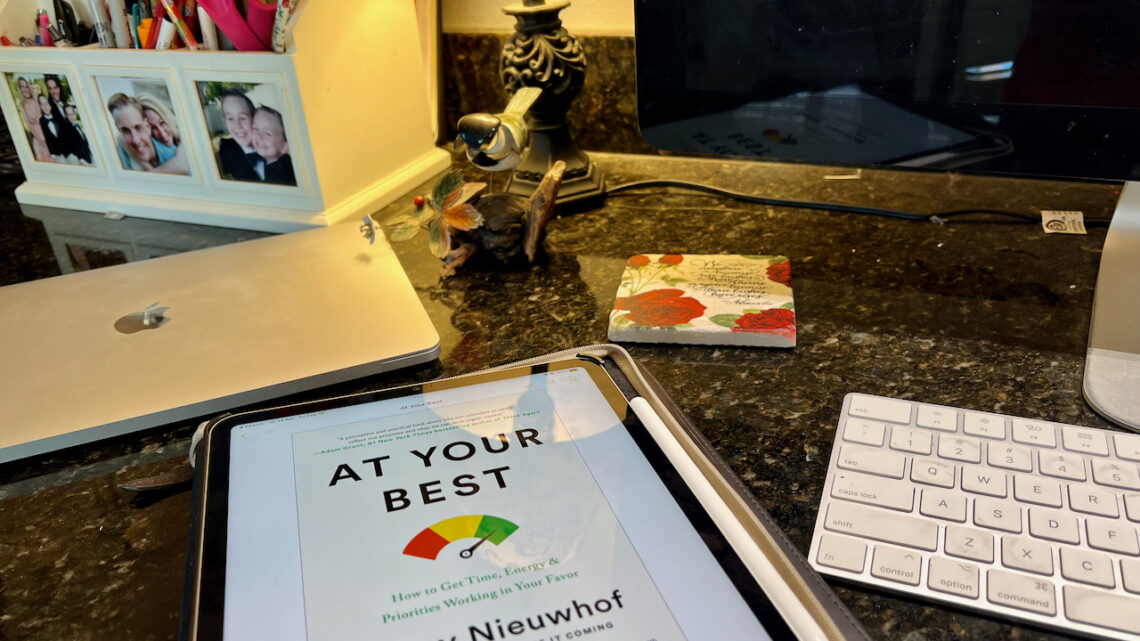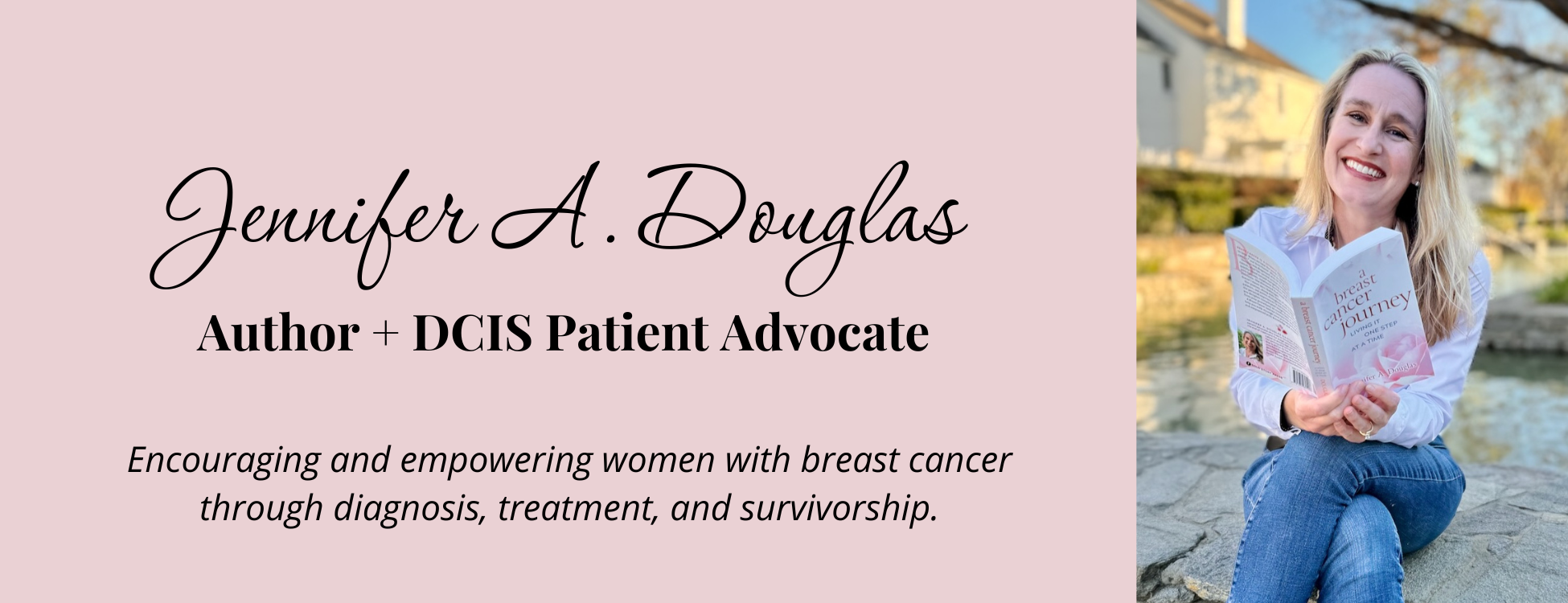
Encouraging Reads: At Your Best by Carey Nieuwhof
How do we live out the priorities we set for ourselves? When our responsibilities and lives shift, do we adjust our calendars appropriately? Over the last few years, I have experienced a profound shift in how I spend my day. As a result, I have needed to reexamine when I do things and align them with my energy level.
Recently, I read At Your Best by Carey Nieuwhof. It has had a significant impact on how I think about my time and energy. I’m excited to share this book as the first in my Encouraging Reads series.
When do You Have the Most Energy?
While we all have the same hours each day, we don’t have the same energy during each of those hours. One of my sons is a night owl, and his creativity seems to peak after 9 PM. He loves to do his art projects for school at night while I’m already in bed. If he isn’t doing an art project, he is practicing his guitar.
I have no creativity at all after about eight o clock at night. In fact, I only remember pulling one all-nighter in college. Dave and I had just started dating, and we stayed up late talking about our future. I think it was about 1 AM when I realized that I had a paper due the following day. I was exhausted, but I had no choice but to get it done. The most challenging part about this paper was that it was in French. So there I was, typing out a paper, bleary-eyed, in a foreign language.
I got it done, somehow, but it wasn’t my best work! I vowed never to do that again.
Learning about Your Green, Yellow, and Red Zones
At Your Best does a great job of teaching the concept that we have different creativity, mood, and energy levels throughout the day. Carey Nieuwhof breaks down this idea into Green, Yellow, and Red zones. Most people have between 3-5 hours of prime creativity hours per day, and the rest of their day is spent in the moderate to low energy level.
When we plan our days to put our most creative and purposeful work in our green zone, we can optimize our efforts and produce the highest quality of work.
When Am I at My Best?
For years, I lived this idea out in how I structured our virtual school schedule. For over a decade, my priority has been establishing and maintaining an ideal environment for learning in the home. I knew that the boys needed between four and six hours of school a day, so I structured our schedule to align with my energy level.
I am at my best in the morning from about 8 AM to 11:30. Then my energy dips, and I need to take a lunch break and relax. I have another hour of creative or green zone energy until about 2:00. Then I feel my energy and mood begin to dip. I hit bottom with my energy when I need to cook dinner- which might explain why I tend to have the most emotional breakdowns during cooking. After dinner, my energy plummets until bedtime. It isn’t unusual for me to fall asleep while watching a tv show. By 10, I am more than ready to be done with the day.
To maximize my energy for virtual schooling, I eliminated my morning obligations when the kids began school. In general, I didn’t take phone calls, schedule doctor’s appointments or playdates, attend weekday bible studies, or plan errands during the morning. If I needed to do anything outside the home, I scheduled it after lunch. By setting up these clear boundaries that worked with my prime energy level, my green zone, I was at my best during school time.
As the children grew to be more independent, I was able to add in other activities around the house in the morning since my role was more supervisory. However, I did still try to stay home to read through a paper or help out with a math assignment.
Cancer Eliminated my Green Zone
Cancer disrupted my ideal pattern and sapped my energy. Suddenly I found myself exhausted for the entire day, with perhaps an hour total of moderate, yellow zone energy. This was especially prevalent during radiation. I’ve talked to many people who have only experienced mild energy dips during radiation. That was not the case for me at all. I was so fatigued.
One of the things I did was plan my home management tasks for the morning. I had a moderate amount of energy then, and I could get a few things done as long as I took breaks.
Once the afternoon hit, I couldn’t do much of anything, and cooking dinner was impossible. I needed to outsource many of my routines because I was in the red zone of energy.
Pivot When Our Lives Change
Our lives don’t stay the same, and it can be challenging to realize that what used to work isn’t working anymore. I’m living this out right now. I need to make space for these activities in my calendar to be creative and write. It is one thing to know when I’m most creative; it’s another to take advantage of that time.
Nieuwhof is intentional about teaching us how to organize our calendars to reflect our energy levels. As a part of the resources in the book, he offers a downloadable energy calendar that we can use to map out our days for our green, yellow, and red zones. Additionally, he has created worksheets to help us determine which zone would work best for our activities.
I have begun to take action on these by calendaring my creative time. Now, I have blocks of writing and creative time on my calendar in my green zone. It is interesting to open up my calendar and see these events down. It makes me think when I schedule new things.
As I look at the writing time in the morning and have the opportunity to say “yes” to something or propose a meeting time, will I schedule it during that time? If so, why is that event taking priority over my creative time?
Walking For Ideas During my Green Zone
I also need time to brainstorm for my writing projects. Sometimes that looks like journaling in GoodNotes. But, other times, I am stumped for what to write about next. I can use that creative time to go for a walk and let my mind wander. Some of the best ideas that I get are when I’m outside walking or in the shower. It can be uncomfortable to call that time “work,” but it is. How will I develop ideas if I don’t put aside time to think? They won’t come to me when I’m scrolling through social media and consuming. I need to allow myself the mental freedom to noodle on an idea without input from others.
I wasn’t sure what to write about this week, so I went on an idea walk. I headed out with my iPad and walked towards one of my favorite coffee shops. It isn’t far from my house and makes a convenient destination. When I got close, I realized that I didn’t have my idea quite sorted out yet, so I kept walking for another fifteen minutes or so. That was just enough for me to think about sharing the lessons I’m learning from At Your Best. When I arrived at Peet’s, I was ready to journal my ideas and also read the book for a second time. In a couple of hours, I went from being stumped to having plenty of notes to draw on.

Walking is an integral part of my writing process. I like to walk and think about the books I’ve read, merge them with the life situations I’m experiencing, and then write about them. I do this best in the morning.
No Blank Calendars Allowed!
While I used to love having a blank calendar, I am discovering that it doesn’t help me live out my priorities. When I don’t respect the work I’m doing now enough to put it on the calendar, then it won’t happen. Instead, I will fill those green zones with chores or noncritical tasks. I greatly appreciate the encouragement in At Your Best to put your priorities on the calendar and map them to your energy level.
Cancer was a wake-up call to me that I didn’t have unlimited time here on earth, and I didn’t have infinite energy. I learned that I needed to listen to my mental, physical, and emotional fatigue. It was a signal to me to stop.
I’m out of the haze of cancer fatigue and the pain I had during my herniated disc, but I take the lessons from those seasons into this new one. I am not a machine, and I don’t have the same output in all of the hours of my day. Certain hours are better for mindless tasks like folding laundry, and others are best spent writing.
About three o’clock yesterday I felt my brain hit the wall. I felt like a bug that had splattered on a windshield. So, I took a walk, did my physical therapy exercises, and watched a fun tv show. As I was working through my exercises, I felt free. I accepted that I had given all of my creativity for the day, and it was ok to have nothing left.
When I hit my green zone this morning, I was ready to take the brainstorming and notes from the day before and write a draft of this post. The words flowed smoothly, and I enjoyed the writing process. It is getting close to lunchtime as I wrap this up, and I can feel my energy and focus dipping. Do I feel guilty? Nope, not at all. Time to pivot to different activities that support where my brain and energy are now.
An Encouraging Way to Schedule Your Days
I highly recommend At Your Best. It has been transformative in how I approach my days, and I look forward to continuing to implement it in my life. Some time management books make me feel like I could always add something more to my list, but this one is different. Nieuwhof uses his personal story of burnout and weaves it throughout the book. He teaches us how to design our life to mirror our energy levels. He also recognizes that we won’t always be able to create ideal days and offers suggestions for when life happens.
If you are looking for an encouraging resource to help you customize your days with whatever energy level you have, At Your Best is worth a read.
Jennifer Douglas
Jennifer Douglas is an author, patient advocate, and DCIS breast cancer survivor. After navigating her own breast cancer journey in 2019, she began writing and encouraging others who were newly diagnosed. Her resources include her book, "A Breast Cancer Journey: Living It One Step at a Time," and her online support course, "Encourage: Breast Cancer and Beyond." Jennifer also actively supports patients through her online presence and direct involvement in communities and support groups, offering guidance and encouragement every step of the way.


You May Also Like

Mixing up the Morning Routine
February 16, 2021
How I Digital Bullet Journal With GoodNotes
November 27, 2020
